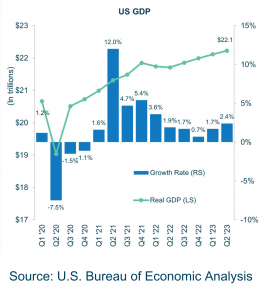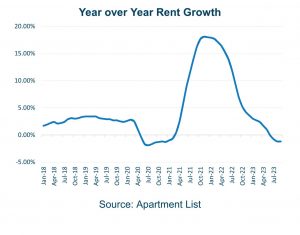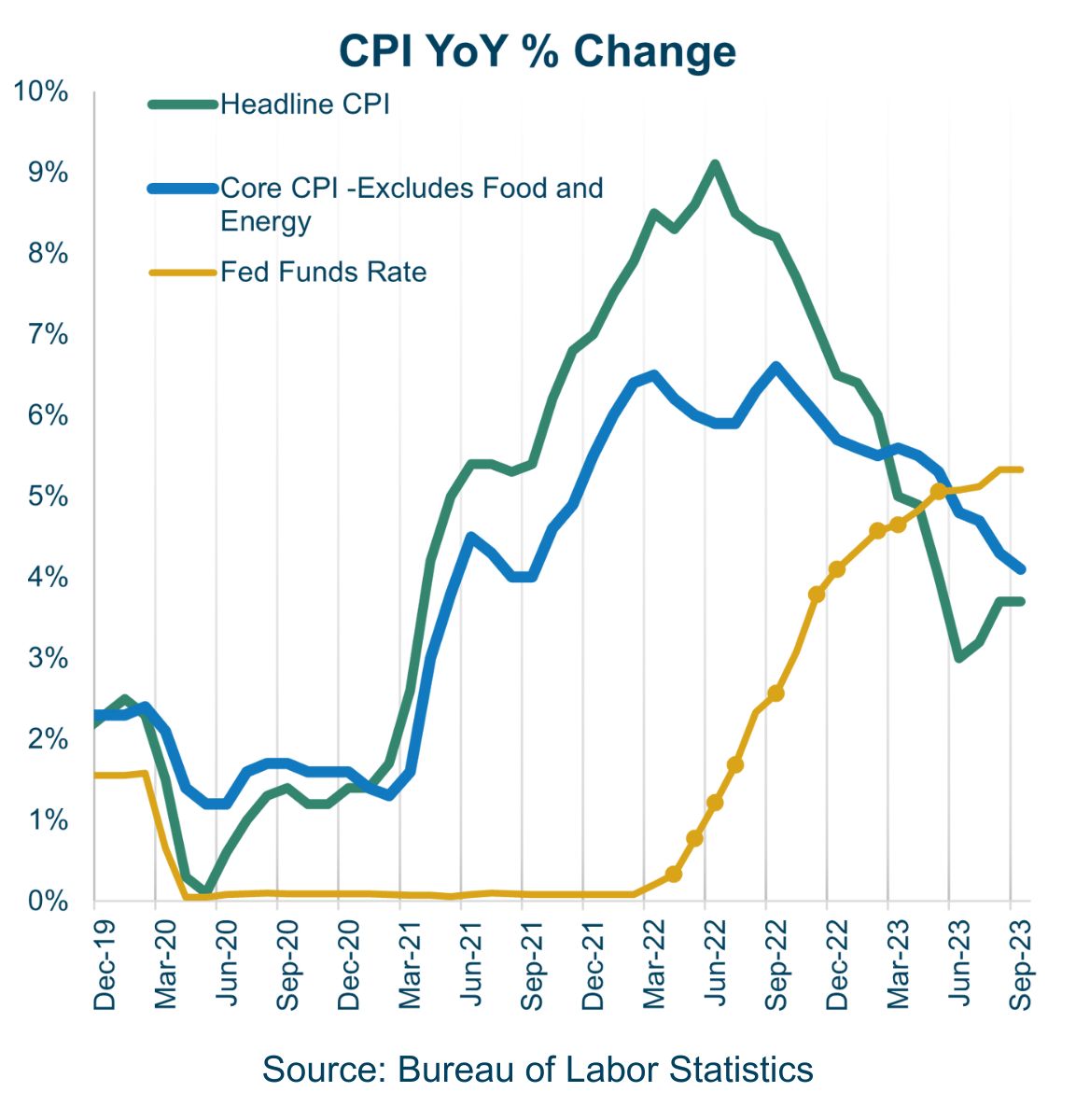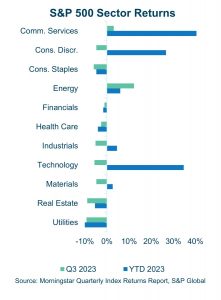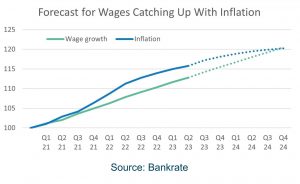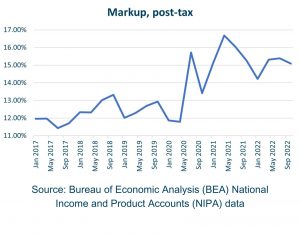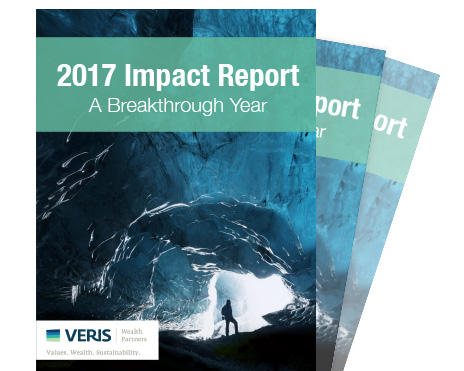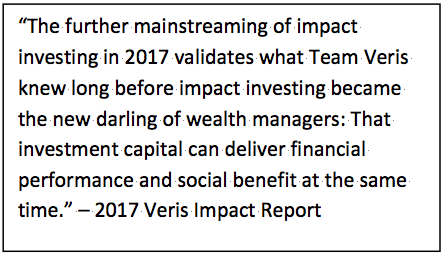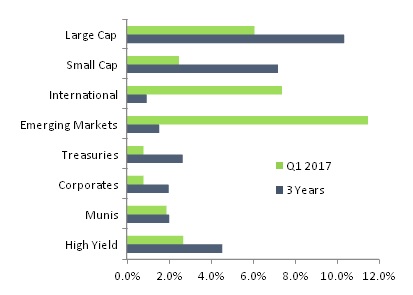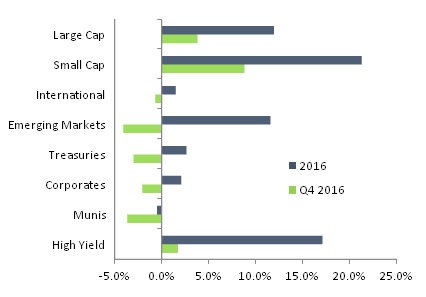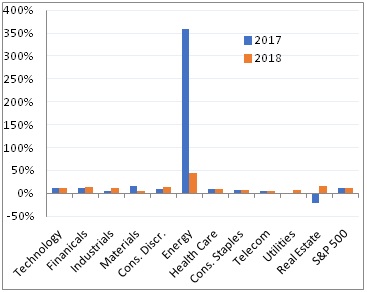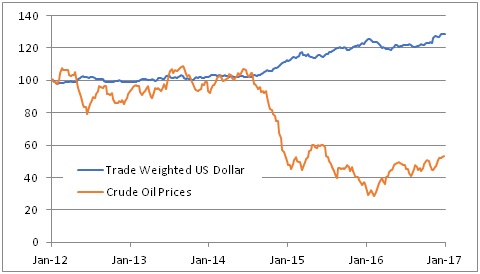BIPOC Mental Health Awareness Month Resources
July is National BIPOC Mental Health Awareness Month in the United States. This month is dedicated to raising awareness of mental health resources, support, and treatment options that are available for racial and ethnic minorities in America and advocating for policy changes that will make quality care options more accessible to Black, Indigenous, People of Color (BIPOC) and Asian American and Pacific Islander communities.
Named in honor of a NY Times bestselling author, journalist, and educator, Bebe Moore Campbell, the 2007 resolution passed by Congress to establish July as Minority Mental Health Awareness Month names disparities in outcomes and treatment options that negatively impact BIPOC communities. Almost two decades later, harmful racial disparities in access and quality of care are still significant.1 Though she passed away in 2006, Bebe Moore Campbell’s legacy of advocacy for underserved communities struggling with mental health challenges continues on today.
Be the Source for Better Health
The theme of the 2024 BIPOC Mental Health Awareness Month is, Be the Source for Better Health: Improving Health Outcomes Through Our Cultures, Communities, and Connections. The aim of this awareness raising campaign is to help build a more equitable mental health care system in which everyone has equal access to high quality mental health care and services that are, in the words of the US Department of Health and Human Services’ Office of Minority Health (OMH), “responsive to diverse cultural health beliefs and practices, preferred languages, economic and environmental circumstances, and health literacy levels.” 2
An equitable system is more likely to lead to better health outcomes for BIPOC individuals and their families. By promoting mental health awareness, we combat harmful stigmas and collectively enhance the wellbeing of our communities. There are various ways we can help promote and support BIPOC mental health awareness:
- Donate and volunteer at organizations that support mental health initiatives in BIPOC communities.
- Advocate for policies that will provide more equitable access to mental health care within your company and community.
Educate yourself and help spread awareness about inequities in our mental health care system and solutions that help BIPOC communities. The US Department of Health and Human Services’ Office of Minority Health offers a National Minority Mental Health Awareness Month Toolkit and other resources for learning.
Mental Health Resources for BIPOC Americans
Learn more about what you can do, or to access help for yourself or a loved one, please visit one of the below organizations that are providing mental health services, support, and advocacy for BIPOC communities:
988 Lifeline
If you, or someone you love, need help or are in a crisis situation, please call or text 988 for free, confidential support in English or Spanish. 988 Lifeline ofrece servicios gratuitos en español las 24 horas del día, los 7 días de la semana.
AAKOMA Project
AAKOMA is a non-profit organization that focuses on raising awareness of stigma and inequalities that are barriers to equitable care faced by youth and young adults of color, conducting community-collaborative research, and encouraging young people to lead culturally relevant mental health conversations on mental health challenges.
Asian Mental Health Collective (AMHC)
AMHC is led by a team of mental health professionals, advocates and community leaders. AMHC’s mission is to normalize and de-stigmatizes mental health within the Asian community.
Black Girls Smile
The mission of the nonprofit organization Black Girls Smile (BGS) is to empower the mental health and well-being of young Black women and girls through culturally and gender-responsive educational programming, support initiatives, and resource connections.
Boris Lawrence Henson Foundation
BLHF is a non-profit Black mental health advocacy organization dedicated to providing culturally competent therapy referrals and wellness resources while working to end the stigma surrounding mental health. Founded by actress, producer and mental health advocate Taraji P. Henson, the name and mission of the Boris Lawrence Henson Foundation honors Henson’s late father who faced challenges getting treatment for mental health issues related to PTSD after returning from the Vietnam War.
The National Alliance for Hispanic Health
The National Alliance for Hispanic Health was incorporated in Los Angeles as the Coalition of Spanish-Speaking Mental Health Organizations (COSSMHO) in 1973. The organization’s mission is, Best health for all.
National Alliance on Mental Illness (NAMI)
NAMI is a nonprofit organization that offers information, advocacy, and support for people who are struggling with mental health issues. Their NAMI HelpLine is a free, nationwide service that offers information, resource referrals, and support to people living with mental health issues as well as their families and caregivers. Call 1-800-950-6264 Monday through Friday, 10am to 10pm Eastern / 7am to 7pm Pacific. NAMI also offers more information about Bebe Moore Campbell National Minority Mental Health Awareness Month.
Substance Abuse and Mental Health Services Administration (SAMHSA)
SAMHSA provides information about behavioral health equity, including information and resources for BIPOC communities. Their mission is to lead public health and service delivery efforts that promote mental health, prevent substance misuse, and provide treatments and support to foster recovery while ensuring equitable access and better outcomes.
The Trevor Project
The Trevor Project created a resource list of therapeutic programs, care providers and additional support options for people who identify as members of both the BIPOC and LGBTQ+ communities.
WE R NATIVE
We R Native project is a multimedia health resource for Native youth, by Native youth. The program strives to promote holistic health. The organization offers information and support on various mental related topics.
References
1 https://www.kff.org/racial-equity-and-health-policy/issue-brief/racial-and-ethnic-disparities-in-mental-health-care-findings-from-the-kff-survey-of-racism-discrimination-and-health/
2 U.S. Department of Health and Human Services. “Be the Source for Better Health: Improving Health Outcomes Through Our Cultures, Communities, and Connections” https://www.hhs.gov/national-minority-health-month/index.html. Accessed July 17, 2024
Disclaimer
The information herein is provided for educational purposes only. Our website contains links to other websites that are not operated by us. Please be aware that we do not control, endorse, or assume responsibility for the content, privacy policies, or practices of any third-party websites. We strongly advise you to review the terms and conditions and privacy policies of any external websites you visit.








